Understanding Tool Steel Billet
Tool steel billet is the foundational material used in the manufacturing of precision tools and dies. A billet is essentially a solid block of tool steel that has not yet undergone any shaping, making it a raw resource for various industrial applications. Tool steel is characterized by its hardness, resistance to abrasion, and ability to retain a cutting edge.
Types and Grades of Tool Steel
There are several types of tool steel, each with unique properties tailored for specific applications. The common categorization includes water-hardening, cold-work, shock-resisting, high-speed, hot-work, and special purpose tool steel. Each grade is designed to offer specific characteristics such as wear resistance, toughness, and heat resistance.
Applications of Tool Steel Billet
Tool steel billet is predominantly used in the production of tools like hammers, dies, and molds. Its high carbon content and robust alloy composition make it ideal for cutting and shaping metals, as well as for manufacturing parts that require a high degree of precision and durability.
Features and Material Composition
The features of tool steel include its ability to withstand high temperatures, its toughness, and its machinability. The material composition typically includes elements like chromium, vanadium, tungsten, and molybdenum, which contribute to the steel's hardenability and resistance to wear and tear.
Advantages of Using Tool Steel Billet
Using tool steel billet in manufacturing offers several advantages. Its uniformity and consistency ensure that tools and components made from it have a predictable performance. Moreover, its ability to be heat-treated for enhanced properties allows for a wide range of applications across various industries.
Selection Considerations
When selecting a tool steel billet, it is crucial to consider the specific requirements of the end product. Factors such as the intended use, required hardness, and resistance to certain environmental conditions should guide the selection process to ensure optimal performance of the finished tool or component.


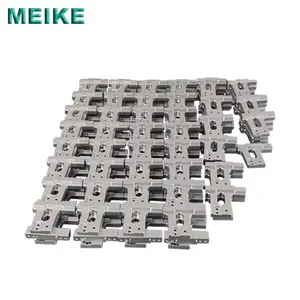

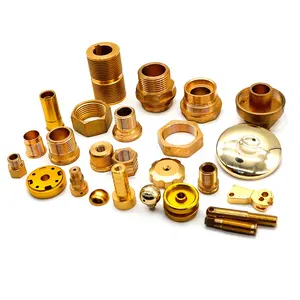







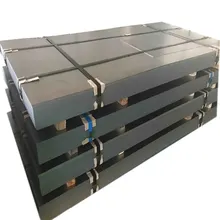
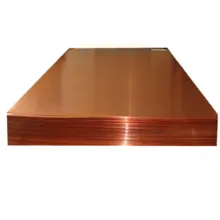




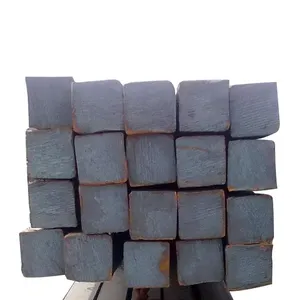















 浙公网安备 33010002000092号
浙公网安备 33010002000092号 浙B2-20120091-4
浙B2-20120091-4